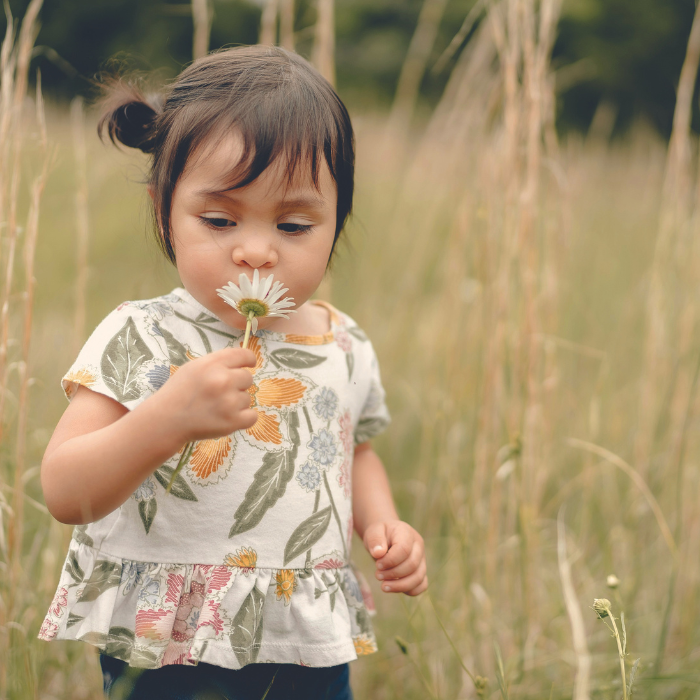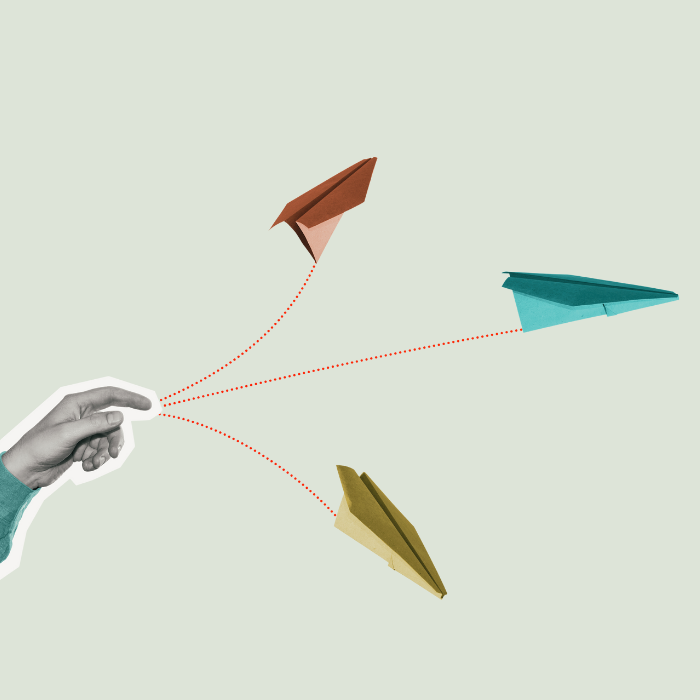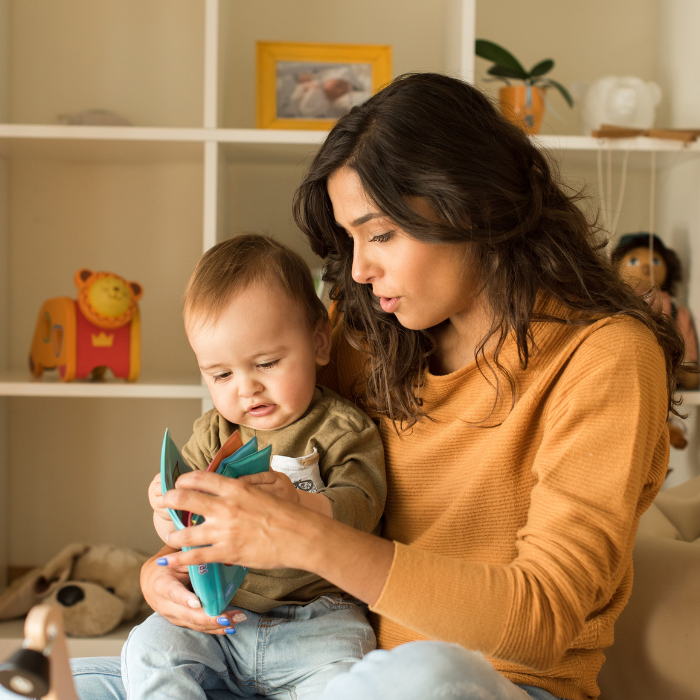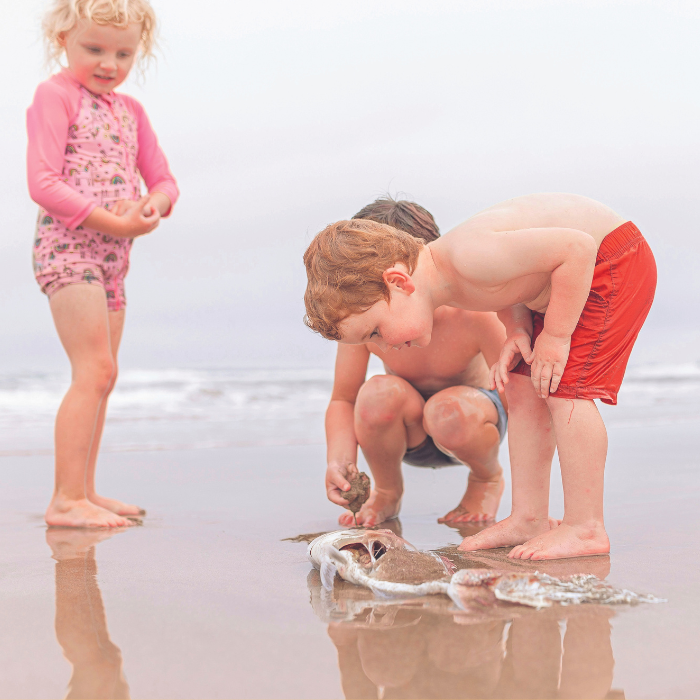
Amber Hall explains how your child’s developing right brain relates to play, which is the foundation of academic learning.
It might seem counter-intuitive, but the two hemispheres of the brain do not develop in tandem. The right hemisphere develops by the age of four, and it takes about another three years for the left to catch up. The brain is a massively complex system that is still being studied, but generally it’s thought that the left hemisphere specialises in all the academic stuff (including language, literacy, analysis, numeracy, calculation, and time), while the right hemisphere is commonly thought to take care of the more artistic skills (like creativity, empathy, imagination, and intuition). So simply put, the left’s focus is on the destination, the right’s is on the journey.
Being vs doing
But there’s another important function that the right hemisphere deals with: It’s the side through which we are connected to our overarching sense of being. Being is the starting block for all other learning (which is why we say “human being” rather than “human doing”). This explains why newborns and small children are pretty content just being! Knowing that the right brain develops earlier than the left, we can start to see why play is such an important step in a child’s development, and why it’s so important to strike the right balance between timing and amount of learning, and between encouraging the pursuit of product (or what a child accomplishes) and process (the person that they’re becoming and what they’re feeling). For both parents and educators, knowing that the right hemisphere develops first allows you to gauge when a learning opportunity is developmentally appropriate. Making your child focus on maths and reading too early can backfire, resulting in what’s known as “learned stupidity”, where they sadly begin to believe they’re incapable of learning and lose their natural curiosity.
The left-brain “push”
Acadaemia is championed as the holy grail of learning because our society favours left-brain dominance and the sense of certainty and control that comes with it. Often right-brain thought is forgotten, ignored, or put on a back burner because of the difficulty in measuring the benefits of empathy, imagination, and intuition. Not so for the left hemisphere’s characteristics. Sadly, if we give more priority to learning things that can be measured and push children to learn them when they’re not ready, they may grow up thinking they’ll never measure up.
Striking the right balance between left- and right- brain learning
Left-hemisphere learning is, of course, important – without its ability to break down huge goals into achievable tasks, we wouldn’t have the cities and technologies that we have today – but we need to keep in mind that life isn’t all about the doing or the accomplishments. Life is also about being present in the moment and connection with the people you love, and that’s where the right brain comes into its own – its gift is in uniting. It’s the difference between standing five centimetres or two metres away from a Monet painting – the technique is important and has its own beauty, but don’t miss out on the bigger picture. This is why babies and young children are so often the catalyst for grown-ups to remember how to enjoy the little things and embrace small, fleeting moments of joy again. Without the right brain, we would not feel the need for introspection or self-analysis, and we would effectively be disconnected from the parts of ourselves that give meaning to our lives.
Right brain = play
The right hemisphere is, if not the playground, our pathway to it. Children need to indulge in this natural state and the way to do so is through unstructured play, unrestricted curiosity, and limitless imagination. People with a well-developed right hemisphere may even be better at using the left-brain skills in positive ways, drawing meaning from their achievements and accomplishments. You could argue that the logic-driven left hemisphere has evolved to serve the right – “doing” is serving the state of “being”. Being is the soil where we grow our plans and actions that will eventually blossom into personal fulfilment and give us meaning for the ways we contribute to the world.








